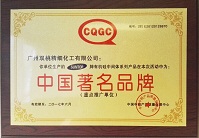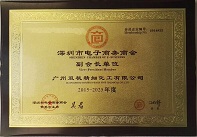
![]() E-mail: admin@gz-chemical.com
E-mail: admin@gz-chemical.com
Email us,best price and silane solutions for you!
Tel:+86 (20) 29035969

![]() E-mail: admin@gz-chemical.com
E-mail: admin@gz-chemical.com
Email us,best price and silane solutions for you!
Tel:+86 (20) 29035969


Through the analysis of specific fallout particles in the environment, a joint UK-Japan team of
scientists has uncovered new insights into the sequence of events that led to the Fukushima
nuclear accident in March 2011.
The multi-organisation research, led by Dr. Peter Martin and Professor Tom Scott from the
University of Bristol's South West Nuclear Hub in collaboration with scientists from Diamond
Light Source, the UK
's national synchrotron facility, and the Japan Atomic Energy Agency (JAEA), has been
published today in the journal Nature Communications.
Like the Chernobyl accident of April 1986, the incident at the Fukushima Daiichi Nuclear Power
Plant (FDNPP) has been classified by the International Atomic Energy Agency (IAEA) at Level
7 (the most-severe) of the International Nuclear Event Scale (INES) as a consequence of the
large amount of radioactivity released into the environment.
Even now, eight years after the accident, significant areas surrounding the plant remain
evacuated due to the high levels of radioactivity that still exist. It is believed that some people
may never be able to return to their homes as a consequence of the accident.
Following the isolation of the sub-mm particulate from environmental samples obtained from
localities close to the FDNPP, the team first utilised the high-resolution combined X-ray
tomography and X-ray fluorescence mapping capabilities of the Coherence Imaging (I13)
beamline at the Diamond Light Source.
From these results, it was possible to determine the location of the various elemental
constituents distributed throughout the highly-porous fallout particle, including the exact
positions of micron-scale inclusions of uranium around the particles exterior.
Having identified these uranium inclusions, the team then analysed the specific physical and
chemical nature of the uranium using the Microfocus Spectroscopy (I18) beamline at Diamond.
Guangzhou Double Peach Fine Chemical Co.,Ltd
Address: No 3401 Huangpu East Road, Huangpu District, Guangzhou, China
Tel:+86 (20) 29035969 Fax:+86(20)29035979
Tel/Wechat/Whatsapp:0086 13826126978 admin@gz-chemical.com